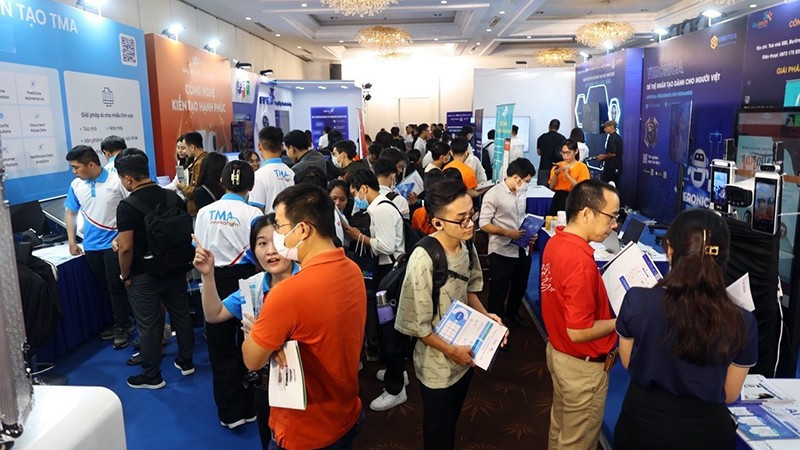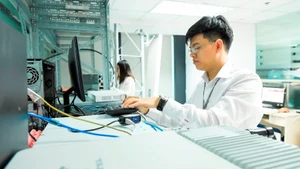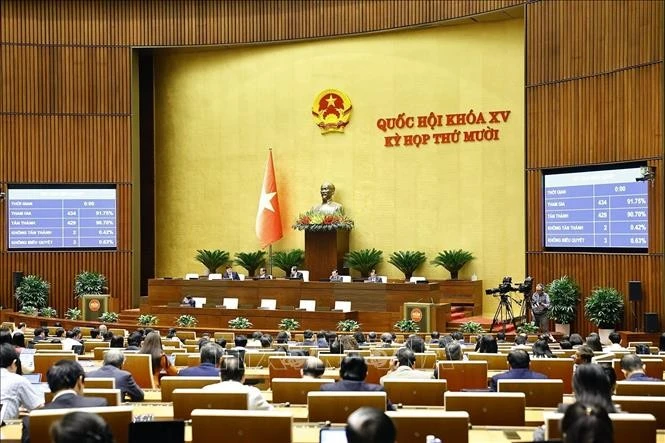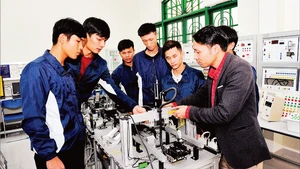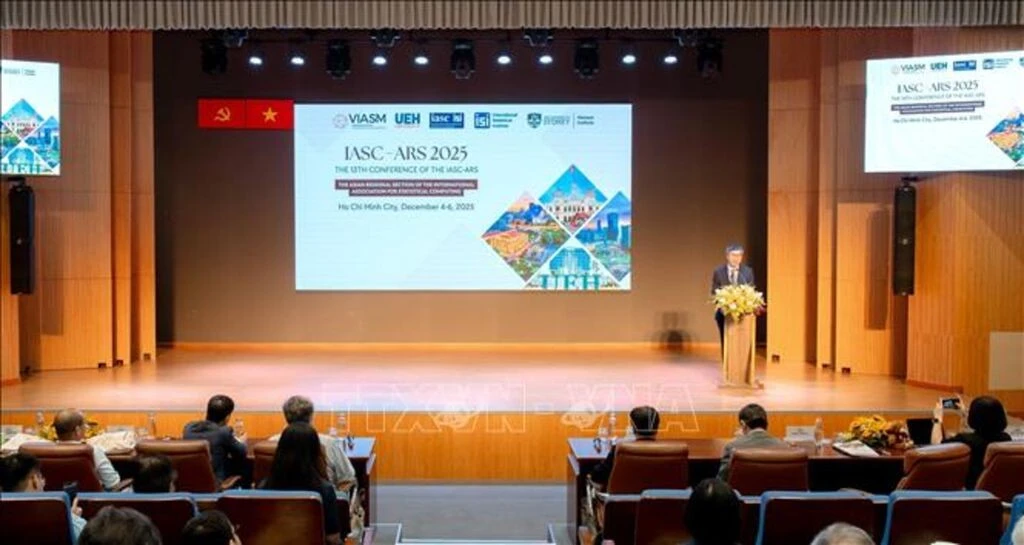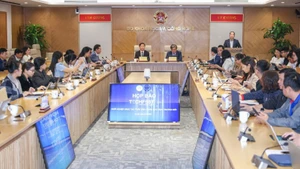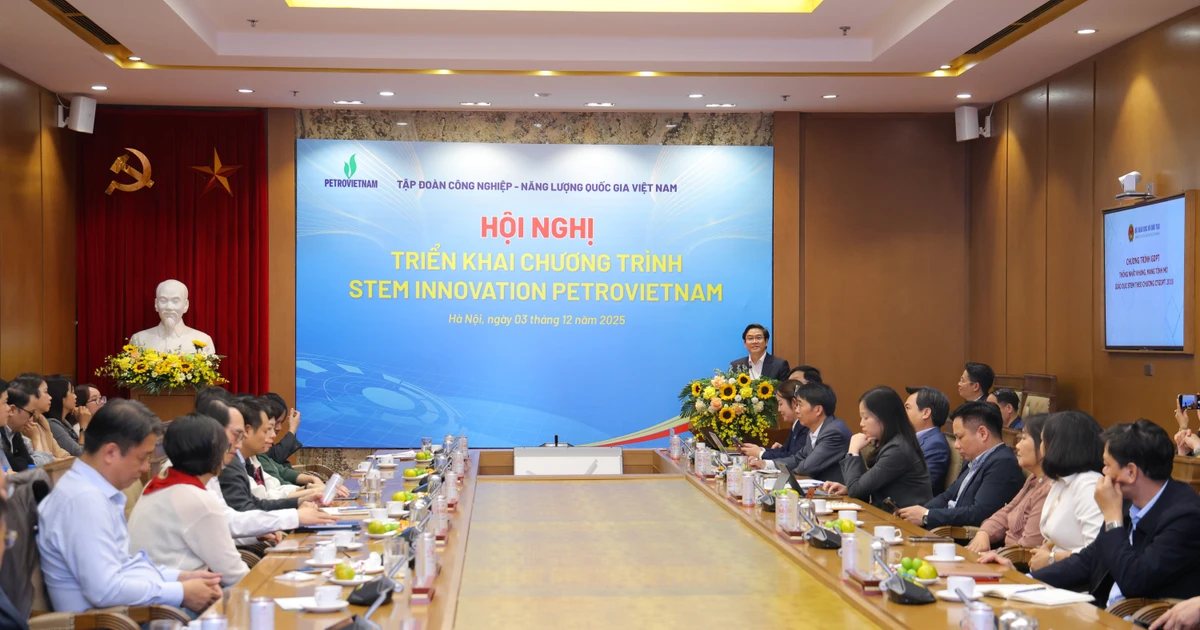Question: What is an AI model and what types of AI models are popular today?
Answer: To operate, an AI needs a “brain”, called the AI model, which is a system of mathematical models and algorithms trained on massive datasets. This model allows machines to learn rules, process information, make predictions, and generate new content.
Based on input and output formats, AI models can be categorised into several types. The most popular group is text-to-text, where users input text and the AI generates a suitable response text (such as chatbots like ChatGPT, Gemini, and Claude). Another key group is text-to-image, in which a textual description is turned into an AI-generated image (such as Midjourney and DALL·E).
Next are text-to-audio group that converts text into speech or sound effects; image-to-text model that takes an image as input and produce descriptions or analysis; and image-to-image group that transforms one image into another, commonly used in restoration or style transfer tasks. The image-to-video group generates simulated motion videos from static images; and video-to-text models analyse or summarise content from videos, which can be used in information extraction, video captioning, or surveillance analysis systems.
A particularly powerful model today is text-to-video, which allows text to be converted into video. With this model, users only need to enter a short description, the AI system will create a video that is suitable for the context, action, lighting, and even the camera angle.
Prominent tools include Pika Labs and Sora (OpenAI), as well as the recent addition of Veo 3, a tool developed by Google DeepMind, which the global technology community, including Viet Nam, has paid special attention to. The clips created by Veo 3 are almost fully realistic, approaching the level of professional filmmakers, garnering the admiration of many people.
Creating videos as easy as writing a paragraph has led to a lot of "garbage" content created just to attract attention, including sensational videos, using vulgar language, or containing false information. More dangerously, tools like Veo 3, not being specialised deepfake tools but it can still be exploited to create sophisticated fake images or voices of real people that can easily fool viewers, causing damage to personal reputation, information security and social order, increasing the risk of fraud in cyberspace (Deepfake — is a technology that applies AI to create fake images, videos, and sounds that look real, making it difficult for users to distinguish them from reality).
Even more concerning is the rapid spread of distorted or false content that proliferates across social media without verification and control. The most accessible and vulnerable subjects are children and adolescents who often lack the skills to distinguish between real and fake, so they are very receptive to harmful content, leaving long-term consequences on cognition and behaviour.
Question: Facing the rapid development of tools like Veo 3, what is the solution to effectively limit the use of AI for improper purposes?
Answer: It can be seen that the current management and legal system is still slower than the development pace of AI technology, creating many legal gaps and unpredictable risks. This requires the early building of a proactive, flexible and synchronous management framework while raising public awareness in the responsible use of AI.
Letting AI develop responsibly depends first of all on us — those who create, manage and use it. The viewpoints of innovation and management should not be seen as two opposing poles, but as two sides of a process that have been mentioned many times. Therefore, it needs to be open to encourage technological development while proactively establishing ethical principles and legal corridors suitable for the new context.
In Viet Nam, apart from continuing to improve the institution, some solutions have been mentioned recently, such as the proposal of the AI Ethics Committee of the Viet Nam Software and Information Technology Services Association (VINASA) on building an AI Ethics Code, aiming to set behavioural limits for both developers and users.
In addition, the idea of forming a national standard open data language, aiming to help domestic and foreign AI developers have a basis to comply with the political factors, cultural, legal and historical context of Viet Nam.
The proposal to classify and label AI products is also a feasible idea. AI labels should become mandatory and can be classified according to many levels of intervention: from partial editing to full production, or according to content as applied to game shows and movies.
Moreover, it is essential to establish a clear post-audit mechanism, attaching responsibility to the end. From a social perspective, digital literacy education for the whole population is essential, especially children and adolescents. This helps equip the ability to identify harmful content, practicing information verification rules, which are fundamental solutions in a society disturbed by virtual content.
